Table of Contents
Cloth diapers are becoming increasingly popular as parents search for more sustainable and cost effective diapering solutions. Cloth diapering can seem daunting or confusing at first glance. But with the right information and resources it is easy to make an informed decision about cloth diapering. This article aims to provide an overview of everything you need to know about cloth diapers. So that you can make an informed decision as to whether this is the right choice for your family.
Is cloth diapering really worth it?

Many parents are trying to do their part for the environment by switching over to reusable cloth diapers. But is the effort really worth it? Cloth diapers have many benefits that make them an attractive option.
For starters, they are much better for the environment than disposable diapers. Cloth diapers don’t contain any harsh chemicals or plastics, so they don’t contribute to landfill waste the way disposables do. They can also be reused again and again. Meaning you won’t have to buy a new diaper each time your baby needs one. Additionally, cloth diapers are much gentler on a baby’s delicate skin and often contain fewer potential irritants.
However, there is a downside to cloth diapering: they require significantly more care than disposable diapers. Not only must they be washed after each use, but because of their minimal absorbency rates compared to disposables. Parents need to change them out more frequently than traditional diapering options.
How do you get poop out of cloth diapers?

Parents who cloth diapers for their babies know the importance of properly cleaning and rinsing soiled diapers. But how do you get poop out of cloth diapers?
One common technique is to toss the poop from the diaper directly into the toilet bowl and spray it down with a spray bottle full of water or a diaper sprayer. This will help rinse off any remaining waste. Making it easier and less messy to handle before attempting to wash it in the washing machine.
Once you’ve sprayed off as much as possible, turn on your washing machine. And put your soiled diapers in for a hot wash cycle with plenty of detergent. After washing, dry them either in your dryer or hang them outside. If that’s an option for you – either way, they should come out clean and ready for reuse!
Do cloth diapers leak a lot?
This is a common question for many parents considering the switch from disposable diapers to reusable cloth ones. Cloth diapers are prone to leaks, and this is one of the primary reasons why people choose not to use them. However, with the right fit and absorbency, it is possible to make cloth diapers leak proof!
Disposables fit snugly around your baby’s waist and legs, making them less likely to leak. On the other hand, some well-designed cloth diapers provide an even more secure fit with an adjustable waistband and leg gussets. This helps lock in wetness while keeping any messes contained within their absorbent layers.
Cloth diapers can be just as secure as disposables when it comes to preventing leaks. Cloth diaper users can also select from a variety of waterproof covers which can make the diaper leak proof even when saturated with liquid. Additionally, using booster pads or inserts will help boost absorbency levels within the diaper itself, resulting in fewer leaks overall.
What are the disadvantages of cloth diapers?
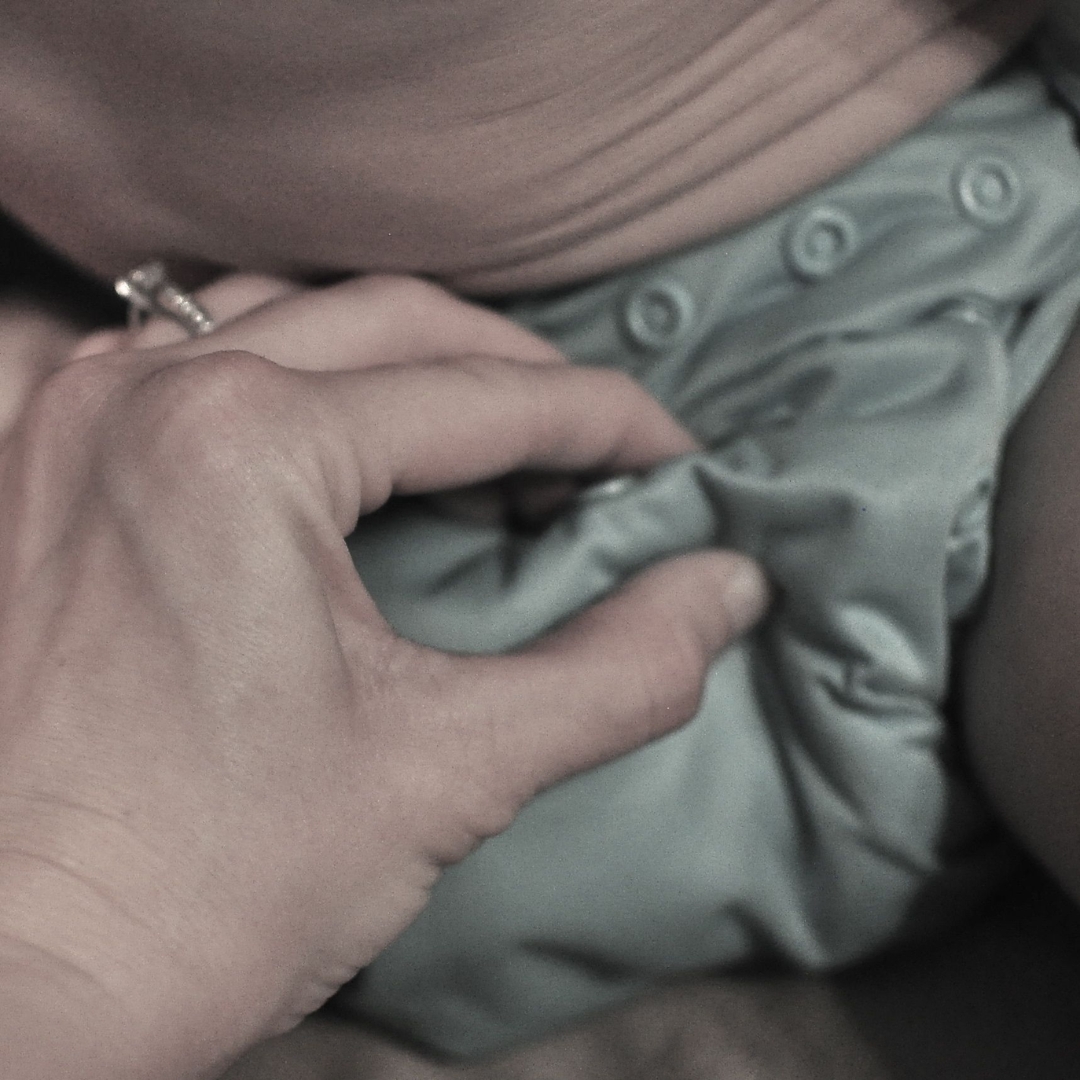
While they may have some advantages over disposable diapers, there are still several notable disadvantages to consider. The most obvious is the cost; cloth diapers can be significantly more expensive than their disposable counterparts due to the necessary upfront investment in materials and accessories such as diaper liners, wipes, and diaper pails.
Furthermore, even when using a diaper service that provides delivery of clean cloth diapers on a regular basis, it can be hard to keep up with daily laundering needs. This often requires frequent trips to the laundromat or running multiple loads of laundry at home each day. This adds to water and electricity costs associated with the use for the cleaning process. Cloth diapers must be washed after every use, which increases energy costs significantly as compared to disposable diaper users.
The Financial and time-consuming considerations associated with cloth diapering, there are also potential health risks that need to be taken into account.
Another disadvantage of using cloth diapers is their lack of convenience when traveling. This can be a major inconvenience for parents who need to pack up and travel frequently, as cloth diaper replacements may not always be readily available in different locations. Additionally, daycare centers may not accept cloth diapers due to sanitation concerns or lack of knowledge about using them properly.
How many times can a baby pee in a cloth diaper?

When it comes to cloth diapering a baby, parents must decide how often to change the diaper. Generally speaking, babies should be changed every two to four hours, although this can vary depending on their age. Newborns tend to pee more frequently than toddlers, so they may need to be changed more often. In fact, newborns could need as many as eight or ten diaper changes each day.
Though cloth diapers are popular among eco-conscious parents, it’s important that they are changed regularly in order for them to remain absorbent and not cause skin irritation or rashes. Besides regular changing times there are some other factors that can affect how often a baby needs a new diaper including whether they have been napping, drinking lots of water or having particularly runny stools.
Do pediatricians recommend cloth diapers?

According to pediatricians, cloth diapers are a safe option if used properly and can even help decrease the risk of diaper rash in babies. But what do pediatricians really think?
Most pediatricians recommend cloth diapers as an eco-friendly and cost-effective alternative to disposable diapers. They suggest that by using cloth diaper covers, parents can minimize the amount of time that babies are in contact with urine and feces, which reduces their risk of developing diaper rash.
Cloth diapers are made from natural fibers such as cotton or bamboo that absorb moisture better than disposable diapers. This means that there is less contact between baby’s skin and moisture-filled areas which can reduce irritation and discomfort associated with diaper rashes. They’re also better for sensitive skin types.
Additionally, because they are reusable, parents don’t need to worry about constantly buying new packs of disposable diapers which makes them more cost effective in the long run. Furthermore, it’s easier to check for signs of irritation with cloth diapers since you can see when your baby has urinated or pooped through the fabric. However, it’s important to make sure that you wash cloth diapers regularly so as not to create a breeding ground for bacteria or other microorganisms.
How often does a cloth diaper need to be changed?
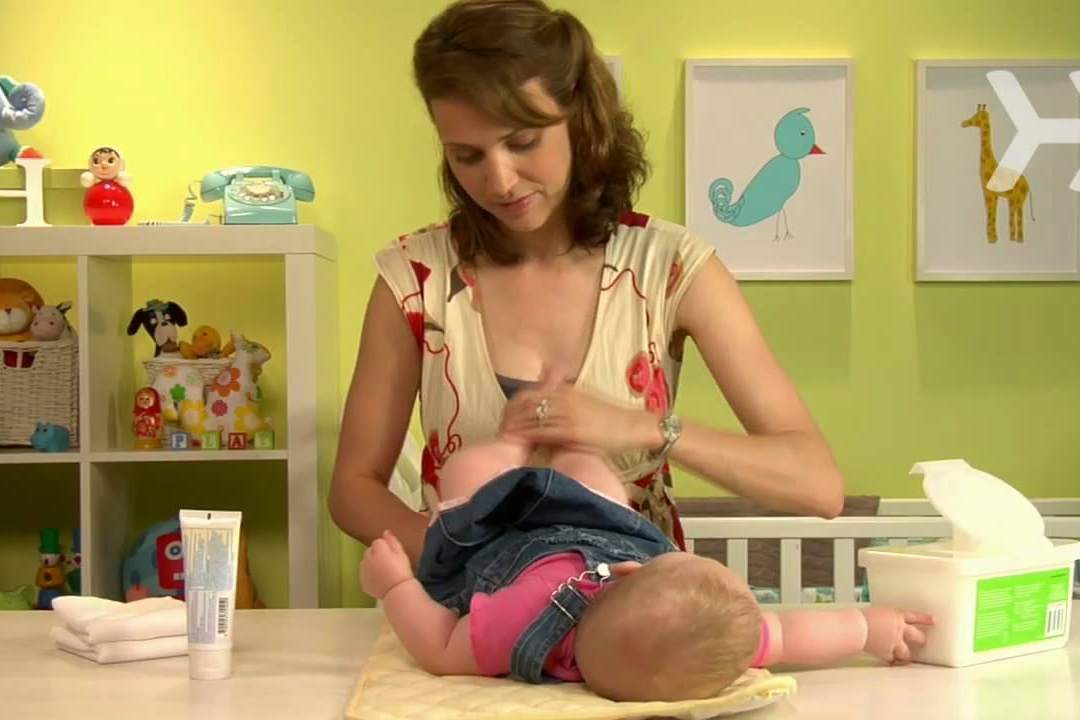
Many parents may not be aware of how often they need to change them. Not only is this important for baby’s comfort, but also for their skin health. According to experts, the best practice is to change the diaper every two hours. This helps reduce the chances of skin irritation and rashes developing due to wetness or bacteria buildup in the diaper.
If a cloth diaper is left unchanged for too long, it may begin to hang down or feel stiffer than usual. This is a sign that the diaper needs to be changed immediately. Leaving the diaper unchanged for too long could put your baby at risk for developing a painful diaper rash caused by prolonged exposure to wetness and bacteria. Additionally, when changing your baby’s cloth diaper it is important to ensure their skin is kept clean and dry during each change in order to reduce the chances of irritation occurring.
What percentage of moms use cloth diapers?
When it comes to diaper usage, cloth diapering is still in the minority. A recent survey of parents with children in diapers revealed that only 9% are using or have used cloth diapers. This means that the majority of parents opt for disposable diapers instead.
This decline could be attributed to various factors such as convenience, cost, and availability of materials. Disposable diapers are usually cheaper than cloth ones and also require no extra time or effort on the part of the parent – they can simply be thrown away after use. Cloth diapers require washing and drying before being reused again, which can be inconvenient for busy moms who need to ensure their kids stay clean throughout the day. Additionally, the availability of cloth diaper materials may not always be accessible for all parents due to location or budget constraints.
Do cloth diapers potty train sooner?
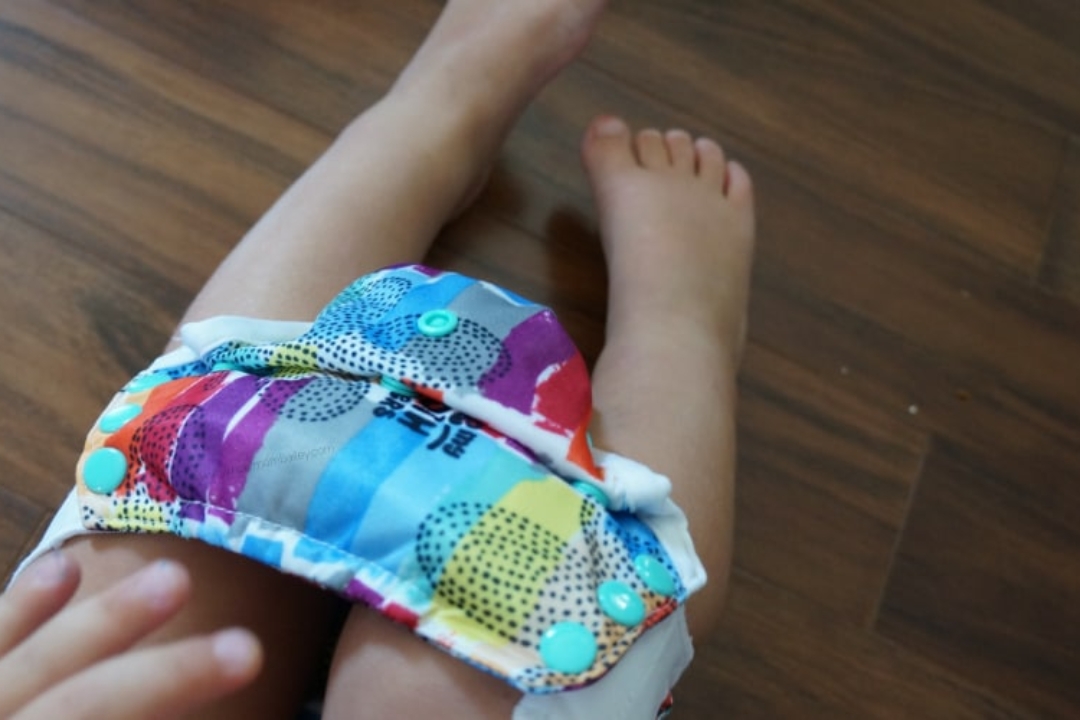
The parents of young children are often looking for any edge they can find to help ensure their child is potty trained as soon as possible. Many parents wonder if cloth diapers can give them the extra advantage when it comes to potty training. Do cloth diapers potty train sooner?
Cloth diapers have many benefits, including being more environmentally friendly, and economical over the long term. In terms of potty training earlier, some experts suggest that there may be an advantage to using cloth vs disposable. The logic behind this is that with a cloth diaper, your child may be able to feel wetness sooner than with a disposable diaper which will absorb much of the moisture faster. This feeling of wetness could lead to quicker recognition by your child that they need to go and use the bathroom.
How many cloth diapers do I need per day?

Are you considering cloth diapers for your baby? If so, it’s important to know how many cloth diapers you will need per day. It is recommended that newborns have a minimum of 36 cloth diapers, infants need 24 and 20 for toddlers. You should also factor in the number of diaper changes you anticipate throughout the day and adjust accordingly.
These numbers may seem high, but it allows you to always have enough clean diapers available while allowing time to properly wash and dry used ones. Buying larger quantities can also save money in the long run since bulk packs are often discounted when compared to purchasing individual diapers. However, if you feel these estimates are too high or want more flexibility in how often you do laundry, buying fewer at first and adding as needed is an option as well.
It’s important to remember that as your baby grows and develops, their needs change. Newborns tend to soil their diaper every 1-3 hours while toddlers typically go 3-4 hours before needing a diaper change. The amount of time between diaper changes will affect the number of cloth diapers you’ll need each day.
In addition, if your baby has sensitive skin or experiences frequent blowouts, having more than the suggested minimum may be necessary for keeping them clean and comfortable during the day. To ensure adequate protection and comfort, it is essential that parents are aware of the changing needs of their babies and make adjustments accordingly.
By investing in quality reusable diaper products and having an ample supply, parents can rest assured that their little ones are safe from any unexpected leaks or accidents during the day. With this knowledge in hand, all new parents can feel confident about meeting their baby’s diapering needs!
Is it too late for cloth diapers?
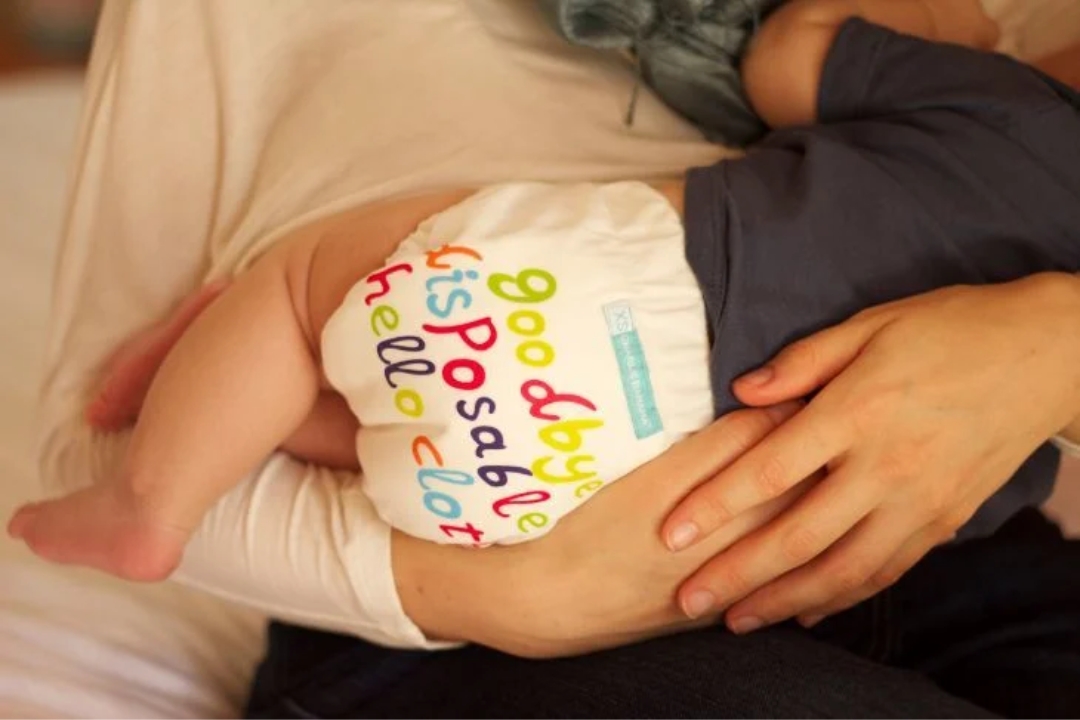
The debate around the use of cloth diapers versus disposable diapers has been going on for decades. Over recent years, more and more parents are leaning towards using disposable diapers as they believe it is much more convenient, cost-effective and eco-friendly than using cloth ones. But is it too late to switch to a cloth diaper once your baby has arrived?
The simple answer is no! It is never too late to switch from disposable to reusable diapers. you can start using cloth diapers at any time. Cloth diapers come in a variety of sizes and styles, so they’re suitable for newborns as well as older babies, even those over 6 months old.
They can help keep your little one comfortable while also providing great savings in the long run. Furthermore, they are made with natural fabrics that are gentle on your baby’s delicate skin and are free from any harsh chemicals or toxins that may be present in disposables. It’s important to make sure that you choose the right size and fit so that they don’t leak or cause uncomfortable rubbing on your baby’s skin.
Switching from disposable diapers to cloth may take some getting used to, but with patience and practice it can become just as easy as using disposables.
Do cloth diapers leak at night?

Cloth diapers are a popular choice for parents looking to save money and reduce environmental impact, but overnight cloth diapering can be a challenge as many parents worry they won’t be able to make it through the night without leaking. Overnight cloth diapers may leak if they become fully saturated – meaning the absorbent layers can no longer hold any more liquid.
There are several ways to increase the absorbency of your overnight cloth diapers and avoid dreaded leaks. For starters, try adding more absorbency to the diapers you already have! This can include extra inserts or boosting with an additional layer of fabric such as bamboo or microfiber towels.
Alternatively, you can double up on inserts or try using an extra-absorbent fitted diaper with a cover over it as well. Whatever absorbency method you decide on, make sure that whatever you use fits properly within the diaper so that there is no gapping or bunching that could lead to leakage.
Another option is to increase your diaper changes throughout the day, allowing your baby’s skin to breathe and reducing the risk of leaks at night. And finally, look into investing in a dedicated nighttime diaper that has extra layers of absorbency built-in – this will provide enough coverage for even long periods of sleep without sacrificing comfort.
How long can a baby wear a cloth diaper?

Cloth diapers have made their way back into the mainstream in recent years. They are a great option for parents who want to save money, be more environmentally friendly, and provide comfort for their baby. Many parents are interested in using cloth but wonder how long their diaper stash will last until replacements are needed.
Fortunately, You don’t have to worry about replacing your cloth diapers every few months – they will last much longer than that! On average, you can use cloth diapers for two to three years, and probably longer. With the right care routine, the lifespan of a cloth diaper is much longer than most people think.
Caring for your cloth diapers properly is essential if you want them to last as long as possible. You should wash them frequently with mild detergent and avoid using harsh chemical cleaners or fabric softeners. Hang them up to dry instead of putting them in the dryer; this will help prevent damage from heat and friction.
Parents who choose to use cloth diapers for their baby have an average of two to three years before they need to replace them. However, if the parents take good care of them, they may be able to stretch that time frame even longer. Regularly washing and drying your diapers in accordance with manufacturer’s instructions is key in making sure your diapers last as long as possible.
How many cloth diapers do I need to start?
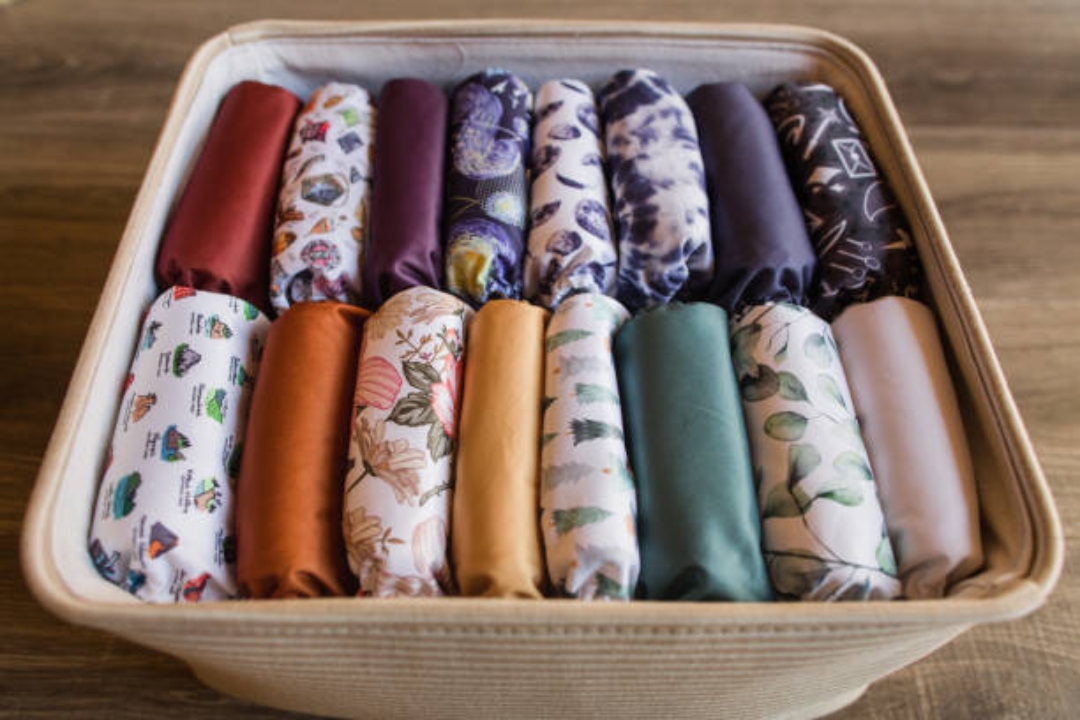
One of the most common questions is “how many cloth diapers do I need to start with?”. The answer can vary significantly based on how old your baby is. For newborns, you may need 8–12 diapers per day. This number increases as your baby gets older and starts drinking more fluids. As your baby grows from 3–6 months old, you’ll likely need 6–8 diapers a day.
This number may seem high at first glance. But you’ll be glad you stocked up when it comes time for laundry day! You don’t want your little one running out of clean diapers in between loads. It’s also important to factor in that cloth diaper covers need to be washed every 2-3 days. And replaced with a fresh cover each time you change the diaper.
Having enough cloth diapers will give you peace of mind when dealing with frequent diaper changes.
How do you wash cloth diapers after pooping?

Using a cloth diaper sprayer is one of the best methods to clean cloth diapers after your baby has pooped. The cloth diaper sprayer is attached directly to your existing toilet. Using the pressure of the water to shoot a stream of water into your dirty diapers. Allowing you to rinse away poop easier without having to touch it. Additionally, it also helps prevent bacteria build-up and odors that can occur when using other traditional cleaning methods.
To begin, make sure you have all of your necessary supplies. Such as the cloth diaper sprayer attachment, a pail for collecting the soiled diaper, and cleaning solution. Also make sure all connections are secure before turning on the water and spraying.
Once you have everything set up and ready, place the soiled diaper in the toilet. To remove the solid waste before putting in the washer. Hold down the trigger, firmly aiming at your diapers. The sprayer will then release pressurized water that will break up and remove all traces of poop from the diaper. Once done, simply put the dirty diaper in a pail or bag until laundry day arrives!
